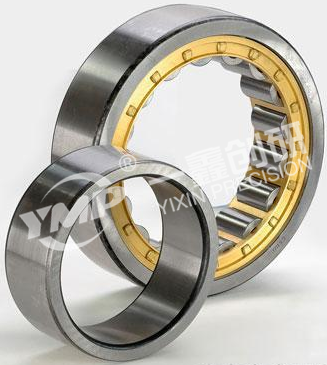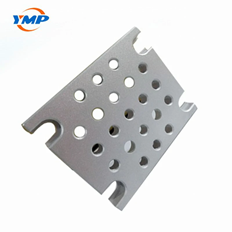According to reports, global medical equipment bearing revenue will reach several million US dollars in 2022, and is expected to reach a higher level in 2029. In the next few years, the global medical equipment bearing market will mainly focus on China, the United States and Europe. In addition, Japan, South Korea, India and Southeast Asia are still important markets that cannot be ignored.
Based on different product types, medical equipment bearings are segmented into:
a- Ball bearings (occupies the vast majority of the market share)
b- Roller bearing
C- Other bearings
According to different applications, special bearings for medical devices are mainly used in the following fields:
1-CT scanner
2-X-ray machine
3-Surgical robot
4-Dental equipment
5-Others
Among them, the commonly used types of CT scanner bearings include steel wire raceway bearings, equal-section thin-wall bearings, air bearings or other advanced structural bearings, and main rotation bearings.
Bearings commonly used in X-ray machines include cylindrical roller bearings.

Surgical robot is a kind of medical equipment that requires extremely high precision and stability. It usually uses precision bearings, and there are also medical devices that require precision bearings. Surgical power tools, ventilators, heart pumps, etc. Such medical devices will directly or indirectly affect the safety and health of patients.
Dental equipment often uses high-speed bearings and high-speed hand tools in dental equipment;
So what characteristics should bearings used in medical devices usually have?
First of all, safety and hygiene requirements should be met to ensure that it does not cause cross-infection or other health risks. This requirement includes the use of materials that comply with medical industry regulations and that bearing surfaces must be easy to clean and disinfect.
Secondly, bearings for medical devices are usually exposed to various chemical disinfectants or drugs in actual use scenarios, so they must have good corrosion resistance to prevent damage and contamination.
Medical equipment usually requires high-precision motion control, so bearings must have high precision to ensure the stability and accuracy of the equipment.
In some medical usage scenarios, bearings must have very low noise and vibration to ensure the comfort and safety of patients and operators.
Medical equipment usually needs to operate for a long time, so the bearings must have good wear resistance to ensure the reliability and stability of the equipment;
Medical equipment usually requires bearings to have good sealing properties to prevent dust, bacteria or other contaminants from entering the equipment.
Since medical equipment processing parts have relatively strict requirements, when selecting a medical equipment equipment bearing processing manufacturer, you should determine the other party's processing environment, processing accuracy & technology, and whether it can meet the medical equipment implementation standards;
